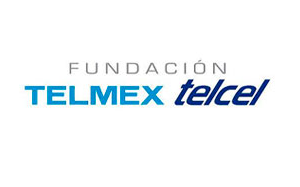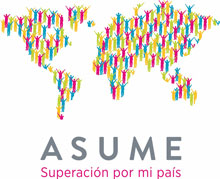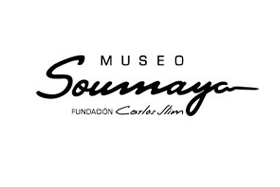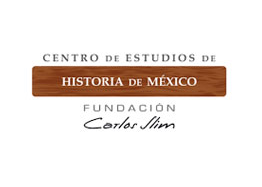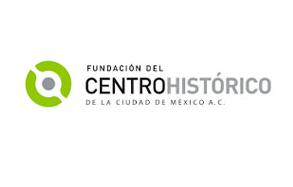Guatemala, Fourth Country in America to Eliminate River Blindness
Former president of the United States Jimmy Carter and the Carter Center congratulated President Jimmy Morales and the people of Guatemala for eliminating onchocerciasis, also known as river blindness, in the Central America country. Guatemala is the fourth country in the world to receive official verification of the elimination of the disease by the World Health Organization (WHO).
“Guatemala deserves enormous credit for their 100-year fight against river blindness. It was the great Guatemalan researcher, Dr. Rodolfo Robles, who discovered onchocerciasis in America in 1915,” said President Carter, founder of the Carter Center. “Health workers, community educators and program leaders in Guatemala deserve credit for their tireless work and their determination to improve the health of future generations.”
The Carter Center implemented the Program for the Elimination of Onchocerciasis in the America (OEPA), coordinated by the regional initiative to eliminate river blindness in the Americas. Since the beginning, OEPA office was established in the most endemic country in the Americas, Guatemala; where more than 40% of people were at risk of contracting river blindness.
Health Minister of Guatemala, Dr. Lucrecia Hernández Mack, made the official announcement on September 29th 2016, at the 55th Directing Council of Pan American Health Organization (PAHO), in Washington, D.C.
Guatemala is one of six countries in the Americas that have been affected by river blindness; and it is the country that has more recently obtained the verification of the elimination of onchocerciasis by the WHO, following Colombia (2013), Ecuador (2014) and Mexico (2015). The World Health Organization is the only agency that can officially verify the elimination of a disease.
Currently, the transmission of river blindness in the Americas only occurs between the Yanomami indigenous populations, who live deep in the Amazon rainforest, along the border of Venezuela and Brazil. The two countries have already committed to eliminate the disease from their shared border as soon as possible.
Onchocerciasis is a parasitic disease that affects rural populations living in poverty. It is caused by a worm that spreads from person to person by bites of Simulium, a genus of black flies, which breed in rapid current rivers and streams. The disease can cause severe itching, visual impairment and irreversible blindness, which reduces the ability of a person to work and learn. Worldwide, it is estimated that 120 million people are at risk of infection and 270,000 have been blinded by the disease, mainly in Africa. In addition to Africa and Latin America, onchocerciasis also affects Yemen.
For over two decades, elimination tasks performed by the endemic countries of Latin America coordinated by the OEPA, the Carter Center and PAHO/WHO have reduced by 95% the general population requiring treatment for onchocerciasis in America, with approximately 29,000 people still suffering the disease.
The partners working to eliminate river blindness in America include the Ministries of Health of the six endemic countries, thousands of volunteers in the communities, the Carter Center, PAHO/WHO, Merck and its Mectizan®Donation Program , the US Agency for International Development (USAID), Carlos Slim Foundation, the Bill and Melinda Gates Foundation, the Lions Clubs International Foundation and local Lions Clubs in the six countries, the U.S. Centers for Disease Control and Disease prevention (CDC), and previously the Inter-American Development Bank and River Blindness Foundation, as well as several universities in Latin America and the United States.




